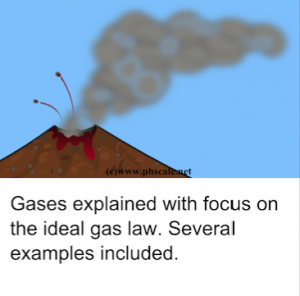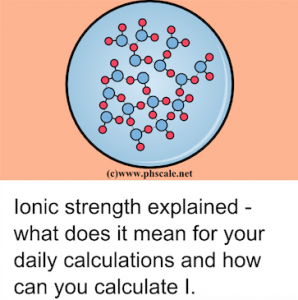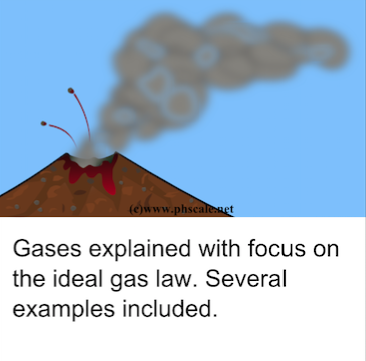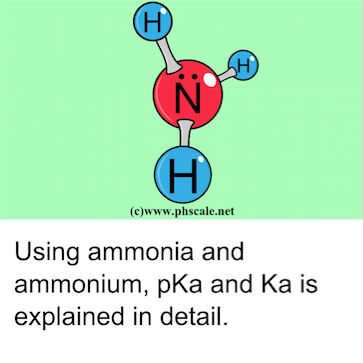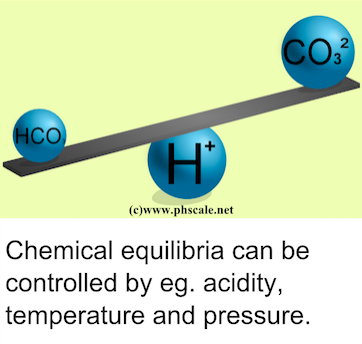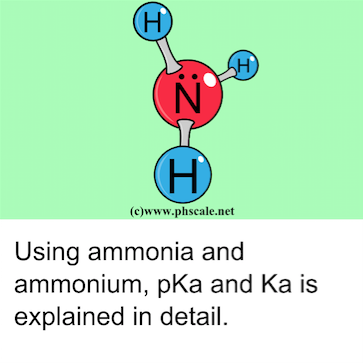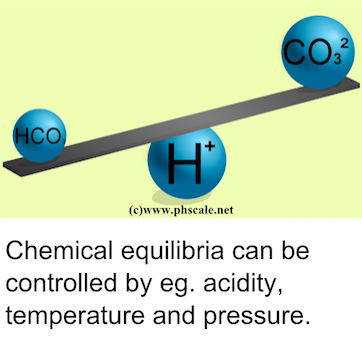The pH scale
This site is about five different inorganic chemistry subjects related to pH.
Basic concepts – the pH scale
pH can be measured by a hydrogen sensitive electrode or a pH meter. pH is defined as the negative base 10 logarithm of the hydrogen ion activity{H+}, and not the hydrogen ion concentration [H+]:
pH = -Log10{H+}
| Topic: Ideal Gas Law
| Ionic Strength
|
There’s a consensus among chemistry teachers that students should be taught that pH = -Log10[H+] until they reach universitylevel where they are told (at least at chemistry departments) the truth that pH = -Log10{H+}.
If you read this and have been told that pH = -Log10[H+] please keep on reading. You will still be able to learn from the informationprovided here at pH scale.
In the section about ionic strength there are examples and discussion about how [H+] is calculated from {H+} and why it is importantto be able to do so in some situations.
Topic: Equilibriums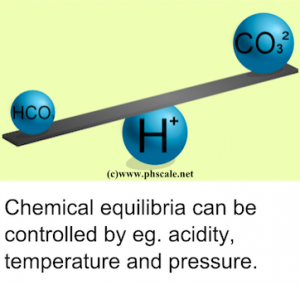
| The pH scale
|
The pH scale
The range of the pH scale is from 0 to 14. The pH of a 1 mol/L HCl is solution is approximately 0 (because of ionic interactions between H2O,H+ and Cl–, the pH is not exactly 0 – see the ionic strength section). Any solution with a pH less than 7 is by definitionacidic.
Alkaline or basic solutions are those with a pH above 7. while neutral solutions have a pH of exactly 7.
Below is a picture of a scale showing pH from 0 to 14 with examples of solutions with different pH levels:

Topic: pKa & Ka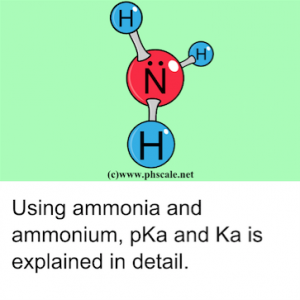
| The basics |
Figure: The pH values of the shown solutions are approximate. E.g. the pH of seawater is usually from 7.5 to 8.4.
There are much more than discussions about the pH scale at this webpage, so please take your time to read or download the pdf files or read the webpages.

